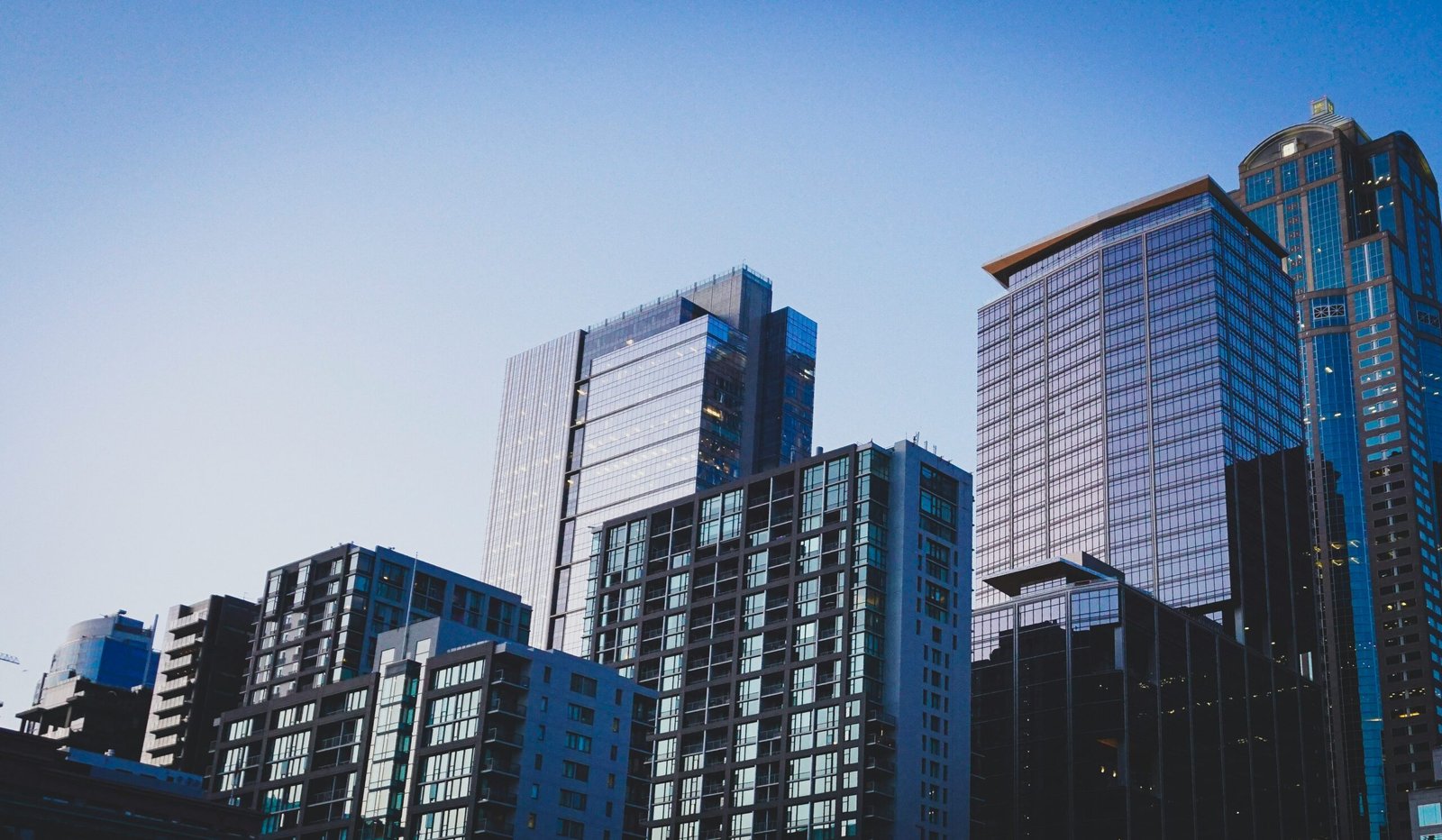Current State of the Real Estate Market in Bangladesh
The real estate market in Bangladesh is currently experiencing a dynamic transformation fueled by rapid urbanization and population growth. With the country’s population exceeding 170 million, the demand for residential and commercial properties continues to surge. According to recent statistics, the urban population is projected to grow to 50% by 2030, leading to increased pressure on housing and infrastructure in major cities like Dhaka and Chattogram. This urbanization trend presents significant opportunities for property developers and investors in the real estate sector, as the need for housing, offices, and retail spaces escalates.
Government initiatives have been influential in shaping the real estate landscape. Policies aimed at enhancing affordability and accessibility to housing have been introduced, yet challenges remain. The rising cost of land, coupled with inadequate infrastructure, has created a complicated environment for potential property buyers and investors. Furthermore, regulatory frameworks require improvement to streamline property transactions, ensuring transparency and reducing bureaucratic delays. Efforts are underway to introduce reforms that can invigorate the real estate market, but progress may take time.
Financial constraints pose a significant challenge in the sector. Many potential buyers are confronted with high property prices and limited access to financing options, which often leads them to seek informal settlements as alternative housing solutions. This rise of informal housing not only affects the real estate market but also raises concerns regarding living standards, urban planning, and environmental sustainability. To tackle these issues, it is essential for stakeholders, including the government, private sector, and civil society, to collaborate in developing comprehensive strategies that promote sustainable and equitable growth in the real estate sector. Addressing infrastructure deficiencies and enhancing financial accessibility are crucial steps towards a more resilient real estate market in Bangladesh.
Emerging Trends Shaping the Future of Real Estate
The real estate landscape in Bangladesh is witnessing several transformative trends, driven by changing consumer preferences and advancements in technology. One of the most prominent shifts is the increasing interest in smart homes. Homebuyers are now prioritizing properties embedded with innovative technologies that enhance security, efficiency, and comfort. From automated lighting systems to smart thermostats, these features not only promise convenience but also enable homeowners to manage their energy consumption more effectively, aligning with global sustainability efforts.
Another significant trend is the emphasis on sustainable building practices. As awareness of environmental issues grows, both developers and consumers are becoming more conscious of the impact of construction on the planet. This shift is prompting a surge in eco-friendly materials, energy-efficient designs, and sustainable landscaping. By maximizing the use of renewable resources and minimizing waste, real estate developments can help protect the environment while attracting eco-conscious buyers and investors.
The integration of technology in property management also stands out as a key trend. Advanced property management systems are streamlining operations, improving tenant experiences, and increasing overall efficiency. Digital platforms now allow property owners to monitor performance indicators, manage leases, and communicate with tenants effectively. Such technological advancements are not only transforming residential markets but also reshaping commercial space utilization as e-commerce continues to expand, leading to a reevaluation of how retail and logistics spaces are designed.
Moreover, the influx of foreign investment in the Bangladeshi real estate market is a catalyst for these changes. As international players recognize the potential of this emerging market, they bring innovative practices and capital, fostering a more competitive environment. This evolution aligns with urban planning efforts that prioritize accommodating the growing population while preserving environmental sustainability, ensuring a balanced approach to urban development in Bangladesh.
Government Policies and Their Impact on Real Estate Development
The real estate landscape in Bangladesh is profoundly shaped by government policies aimed at fostering sustainable development and attracting investment. In recent years, the government has prioritized urban infrastructure improvements, which are essential for supporting the burgeoning population and catering to the increasing demand for housing. Initiatives such as the development of transportation networks, utility services, and public amenities have been introduced to create a conducive environment for real estate growth. These advancements not only enhance the quality of life for residents but also bolster property values significantly.
Moreover, housing affordability remains a critical concern, prompting the government to implement policies that facilitate access to affordable housing solutions. Various programs aimed at low- and middle-income families are now receiving governmental support, which is crucial for addressing the housing shortage. Such initiatives include providing financial assistance for homebuyers and developing subsidized housing projects. This focus on affordability extends the opportunities for a larger demographic to participate in the real estate market, ultimately spurring growth.
In addition to infrastructure and housing policies, recent legislative changes and tax reforms play pivotal roles in shaping the real estate sector. The government has been streamlining the regulatory framework to reduce bureaucratic hurdles for developers, thereby encouraging the entry of new players into the market. Tax incentives such as exemptions on property registration fees and reduced rates for certain types of real estate projects further stimulate investment. These reforms not only benefit developers but also translate into lower costs for homebuyers, propelling overall demand.
Lastly, the role of public-private partnerships (PPP) in advancing real estate development cannot be overstated. By fostering collaboration between government entities and private investors, PPPs have facilitated numerous successful projects that enhance urban development. Such collaborations ensure that resources are utilized efficiently and meet the community’s needs while attracting foreign investment. As Bangladesh moves forward, the interplay between government policies and real estate development will be crucial in shaping the sector’s future, encouraging both growth and sustainability.
Predictions for the Future: Opportunities and Challenges
The real estate sector in Bangladesh is poised for significant evolution. Experts predict that technological advancements will play a critical role in shaping the future landscape of the industry. The increasing adoption of real estate technology, commonly referred to as PropTech, is expected to enhance efficiency and transparency in transactions. Innovations such as virtual reality for property tours, blockchain for secure transactions, and data analytics for market insights are likely to become standard practice. As these technologies mature, they present opportunities for developers, investors, and consumers alike to engage in more informed decision-making processes.
However, alongside these advancements, the industry faces several challenges that could hinder progress. Urbanization continues at an unprecedented rate, with millions flocking to cities for better opportunities. This surge in population creates a heightened demand for affordable housing solutions. Stakeholders must recognize that while there is substantial potential for the development of low-cost housing projects, the failure to adequately address this need could exacerbate social issues, such as overcrowding and slums. The government’s role in facilitating public-private partnerships will be vital to ensure numerous housing initiatives can be realized effectively.
Moreover, the broader economic environment poses critical challenges. Fluctuations in the global economy, inflation, and changing investment patterns can lead to uncertainties in real estate development. As international investors recalibrate their strategies, local stakeholders must prepare for possible shifts that could influence capital flow into the sector. Policymakers are urged to implement regulations that promote sustainable development while also taking into account environmental implications as the nation strives for greener urbanization.
Overall, the future of real estate in Bangladesh is shaped by a blend of emerging opportunities and daunting challenges. Stakeholders must remain adaptable and proactive to navigate this dynamic landscape and harness the full potential of the real estate market in the years ahead.

